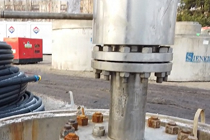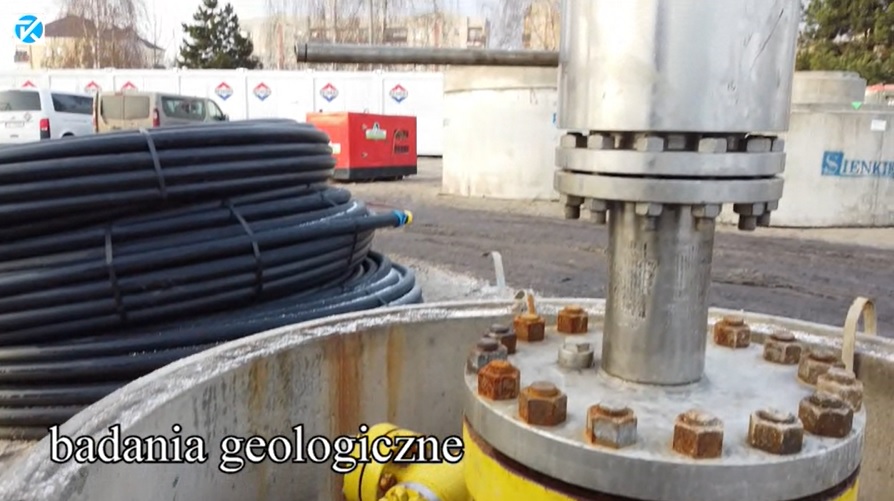 What do geothermal boreholes have in common with palaeoclimate studies? The study of borehole cores from newly drilled geothermal boreholes in the town of Koło (in the so-called Greater Poland geothermal basin) can serve as an example of the multidimensional use of geological data.
What do geothermal boreholes have in common with palaeoclimate studies? The study of borehole cores from newly drilled geothermal boreholes in the town of Koło (in the so-called Greater Poland geothermal basin) can serve as an example of the multidimensional use of geological data.
The first state-of-the-art geothermal heating plant opens in Koło this year. Two boreholes have been drilled for the project, and the drill core obtained has been examined by a Polish-French research group under the project entitled “Holostratigraphy and palaeoenvironmental changes in the Berriasian-Valanginian boundary interval (140-135 Ma) in France and Poland”, funded by the NAWA National Agency for Academic Exchange.
In the drill core under study, we are looking for a record of environmental factors such as climate change, sea level change or tectonic activity. We want to relate this record to an astrochronological calibration, i.e. a comparison of the cycles, their number, intensity and duration observed in the drill cores analysed.
We would like the data from the Lower Cretaceous formations examined, from which the geothermal waters will be extracted, to enable interpretation of the palaeoenvironmental conditions prevailing during their formation, such as climate, the so-called 'fertility' of the waters, or the amount of oxygen available.
More about our work as part of the research project and the results we plan to obtain can be found in the footage filmed at the site of the future geothermal heating plant by the Cable Television of the Housing Cooperative in Koło.
View the video at http://tv.kolo.pl/programy/2022/326_badania.webm
Text: Izabela Ploch, Jacek Grabowski















 PGI-NRI offer
PGI-NRI offer Mineral resources of Poland
Mineral resources of Poland  Oil and Gas in Poland
Oil and Gas in Poland 




 Subscribe to RSS Feed
Subscribe to RSS Feed